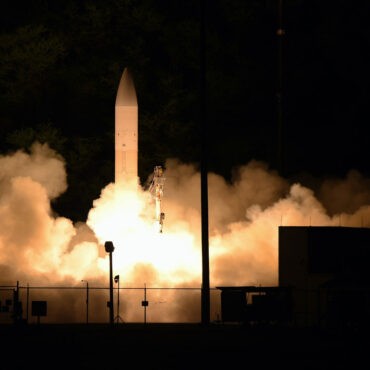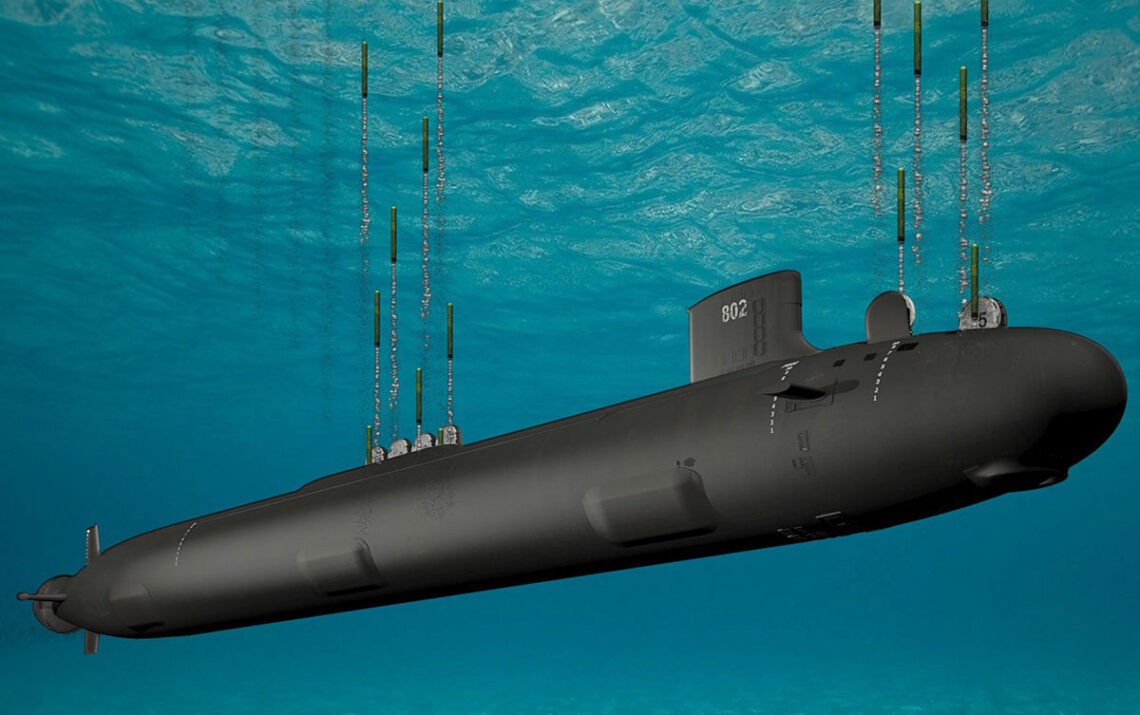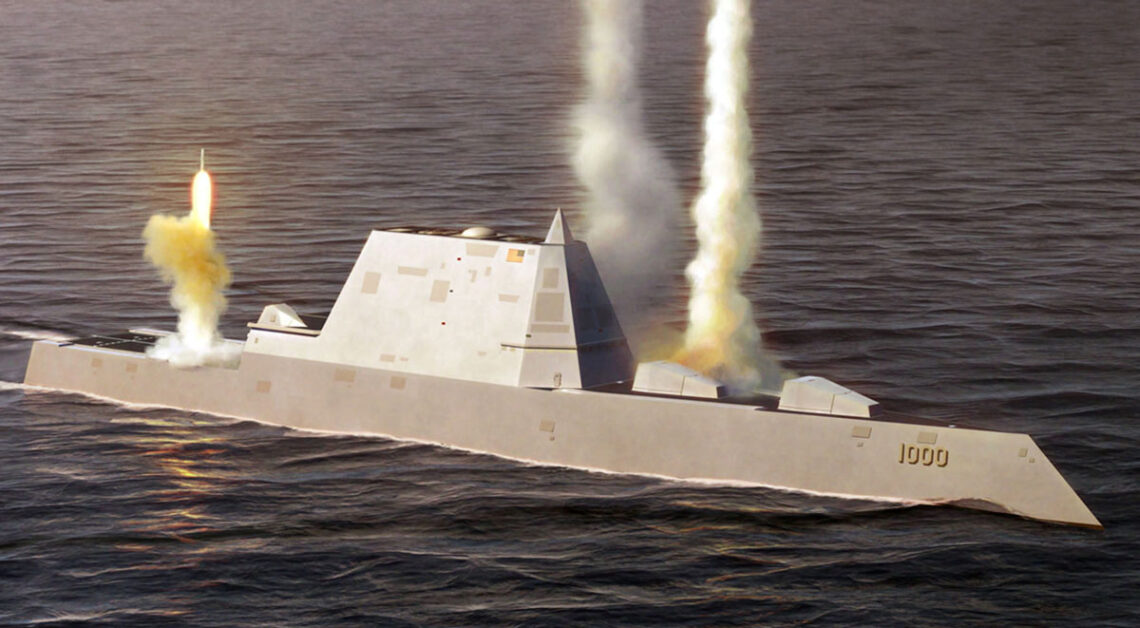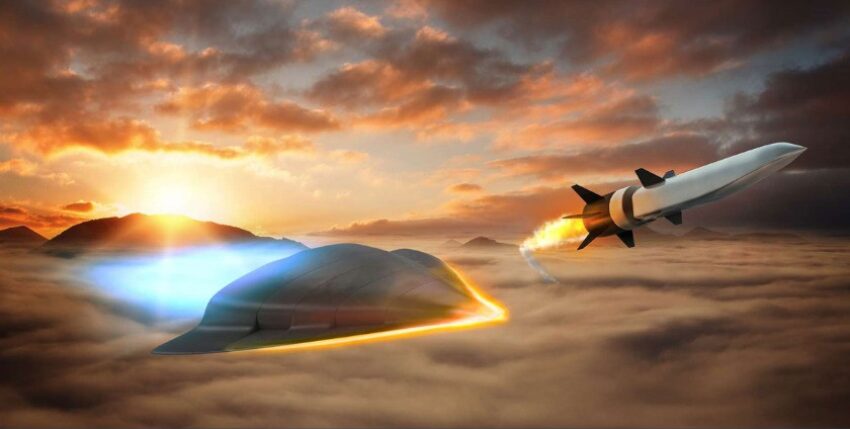Russia, China and, more recently, North Korea already claim to have hypersonic weapons. Now the US armed forces are also pushing ahead with the development of such missiles.
The US armed forces have been endeavouring to develop hypersonic weapons for around 15 years. In 2019, it was decided to accelerate American research and testing in view of the development of hypersonic weapons in Russia and China. According to the Pentagon, the introduction of these missiles, which can reach more than Mach 5, is now on the horizon.
The Pentagon's development programmes fall into two categories: hypersonic cruise missiles and stratospheric glide missiles.
The cruise missiles achieve their flight speed using a supersonic combustion ramjet, or scramjet for short. Air is drawn into the engine at supersonic speed, where it is mixed with hydrogen to generate an extremely high thrust. Apart from their speed, hypersonic weapons have the same flight behaviour as conventional cruise missiles.
Stratospheric glide missiles are launched into the Earth's upper atmosphere by a carrier rocket. There are significant differences to the use of - also hypersonic - ballistic missiles, which are transported into a suborbital trajectory by a launcher. Ballistic payload carriers are launched into space and then proceed to a very steep approach. They are detected relatively quickly by early warning sensors. With a few exceptions, the flight angle and course cannot be controlled; a predetermined ballistic trajectory is followed. In contrast, the hypersonic missile detaches from the carrier at an altitude of around 100 kilometres and enters a high-speed glide flight. This gliding flight takes place within the earth's atmosphere, which means that enemy sensors can only recognise the missile relatively late. Most importantly, however, the glide missile is manoeuvrable and, like a cruise missile, follows an unpredictable trajectory, which makes it much more difficult to defend against this weapon. According to Pentagon estimates, flight speeds of up to Mach 17 would be possible.
Conventional Prompt Strike

The US Navy and the US Army are currently jointly developing a hypersonic missile known as the Common Hypersonic Glide Body (C-HGB). The warhead, guidance and navigation systems as well as the heat shield to protect the payload and electronics will be integrated into the C-HGB. The new weapon will carry a conventional warhead.
The corresponding launcher is developed in parallel with the glide missile. The missile and launcher system are then modified to meet the different requirements of the two TSKs. This also includes the development of launchers for weapons deployment from land or sea.
The Navy's hypersonic glide missile is also known as a conventional prompt strike weapon (CPS). This reflects the intended mission profile. The weapon enables the short-term engagement of time-critical targets at long range and is primarily intended for use when other offensive systems such as bombers can no longer be deployed in time or are unable to overcome enemy defence systems. The hypersonic arsenal is likely to represent only a fraction of the weapons deployed in the future, and their use will probably be limited to high-value or strategically important targets. Potential targets include mobile - nuclear and conventional - missiles. Air defence facilities or command centres could also be targeted.
The exact operational range and flight speed remain confidential. A Pentagon policy statement issued in early 2020 stated that hypersonic weapons "will give the military the capability to strike targets hundreds and even thousands of miles away within minutes to destroy high-value targets."
State of development
The Pentagon is satisfied with the development status. The first test flight of the glide missile was carried out in March 2020 over a test site in Hawaii. At that time, the missile performed various flight and evasive manoeuvres before hitting the intended target. A second, more complex test is scheduled to take place by the end of this year.

The flight in 2020 was carried out using a surrogate launch vehicle. The actual CPS launch vehicle is currently being tested. The propulsion engines of both rocket stages were ignited on 25 August at a test site in the state of Utah. At the same time, the thruster control of the launcher stages was tested.
Officially, all hypersonic programmes currently being pursued are classified as research projects. A formal production and procurement decision will not be made until the development and test programmes have been completed. However, the draft budget for 2022 assumes an introduction to the fleet in 2025. Navy Chief of Staff Admiral Mike Gilday confirmed plans in April to install the first CPS on a Zumwalt-class destroyer in 2025. From 2028, the weapons will also be introduced on the new Virginia Block V hunter submarines. The hypersonic weapon is also to be installed on the DDG(X)-class destroyers to be launched in 2034.

On the Virginia boats, the CPS will be carried in a Virginia Payload Module (VPM). Each VPM container will accommodate three missiles. Boats of the hull-extended Block V variant will thus be able to carry up to twelve hypersonic weapons. It remains uncertain how the weapon system will be integrated on the destroyers. With a diameter of 86 centimetres, CPS will be too large for the conventional Mk 41 weapons silo. With regard to the Zumwalt class, the Navy is examining the possibility of removing the 155-millimetre deck guns and integrating either the VPM container or a similar weapon carrier in the deck in its place.
Airborne hypersonic weapon
The Navy recently announced that it also intends to acquire an airborne hypersonic cruise missile. The official tender for the development and testing of weapon prototypes for the Screaming Arrow project was issued on 6 August. The Office of Naval Research (ONR) intends to award development contracts to three companies in February 2022. The 42-month development programme is divided into four phases and will conclude with flight testing of the prototypes.
The aim is to introduce an aircraft-based air-to-ground missile with a flight speed of Mach 5, to be deployed on carrier-based F/A-18s to engage sea and land targets at long range in a short time. Surface warships and capital ships are named as primary targets. The new weapon is intended to fill a capability gap in the current armoury.
The missile may be a maximum of 4.6 metres long in order to fit into the standard weapons containers used on aircraft carriers. A fighter aircraft should be able to carry up to four missiles per mission.
Screaming Arrow is not the only hypersonic projectile in the US Navy's research arsenal. Back in October 2020, Boeing was commissioned to develop a corresponding prototype under the project name Supersonic Propulsion Enabled Advanced Ramjet (Spear). Spear is also intended to be used against sea and land targets. Flight testing of this prototype is scheduled for 2022.
Sidney E. Dean










